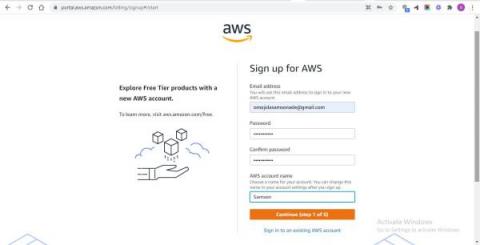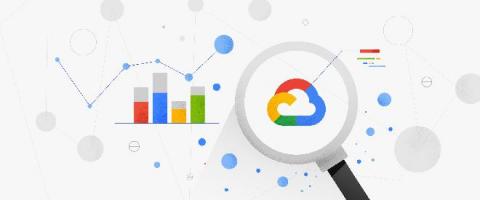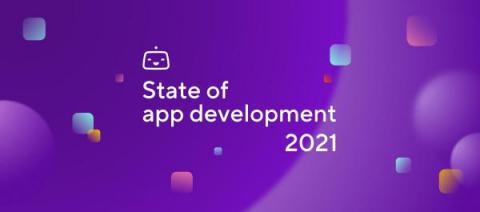Deploying Laravel Apps to AWS Elastic Beanstalk
AWS Elastic Beanstalk is an easy way to deploy web applications and services. Just upload your code, and it handles the details like server provisioning, load-balancing, scaling, etc. In this article, Samson Omojola shows us how to deploy our Laravel apps to EBS.










